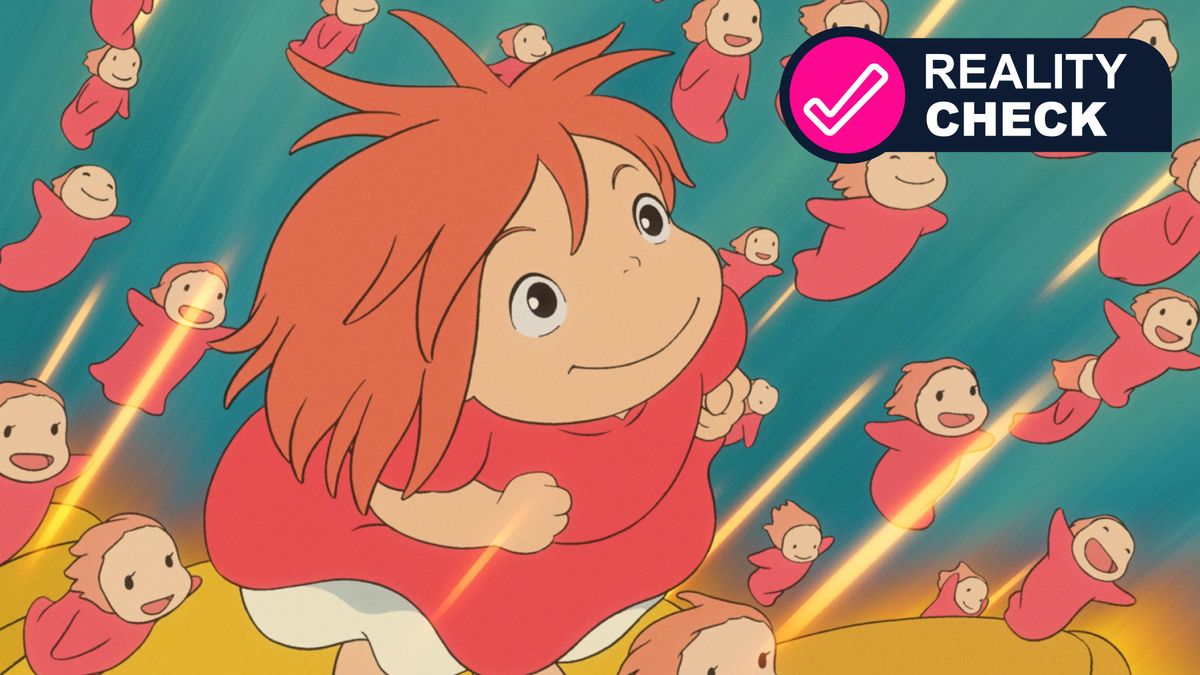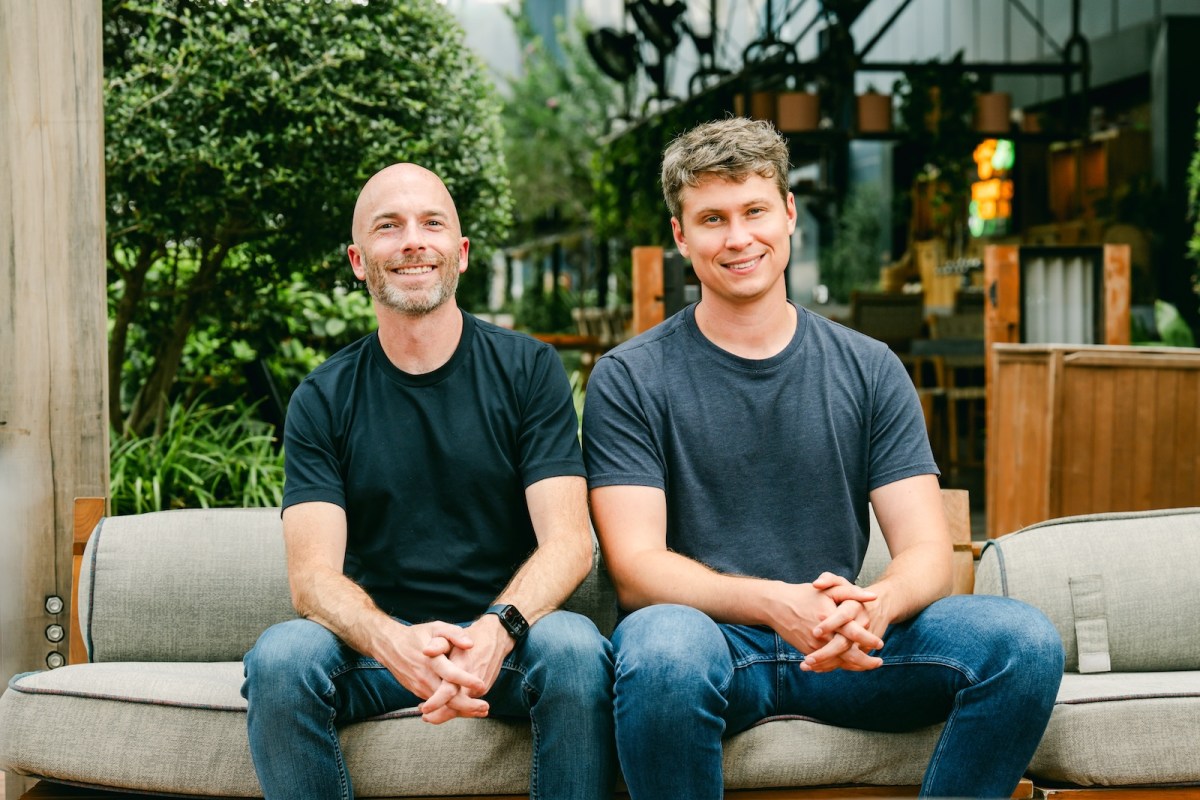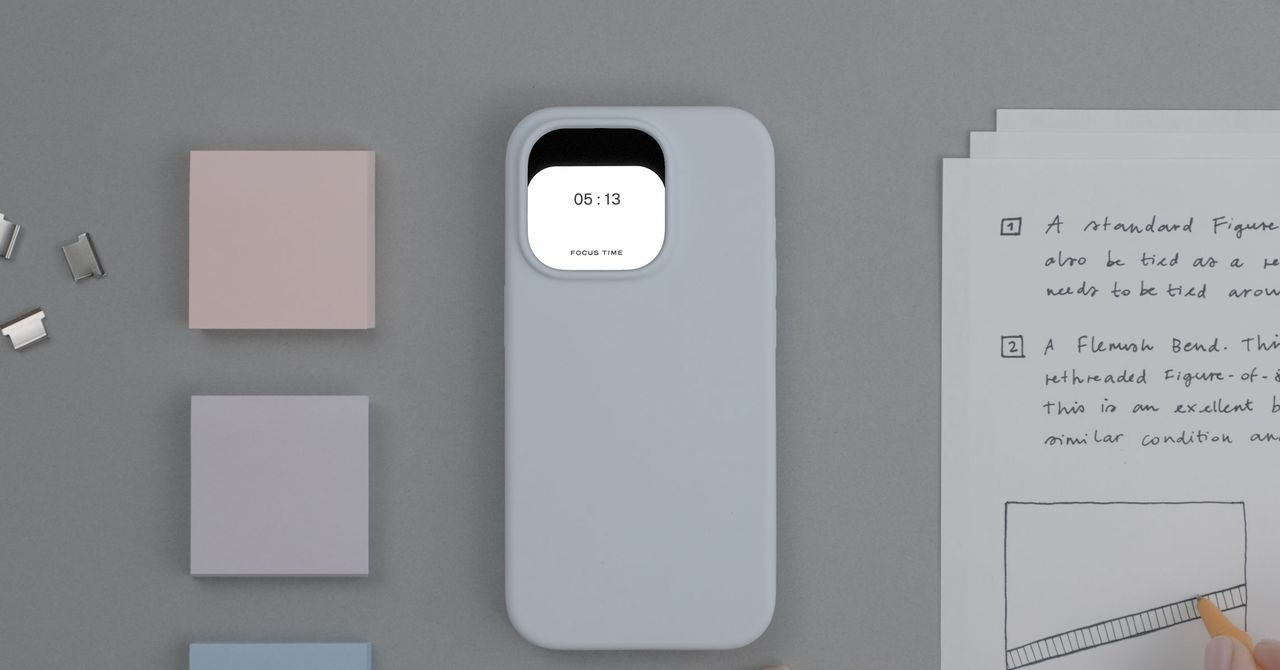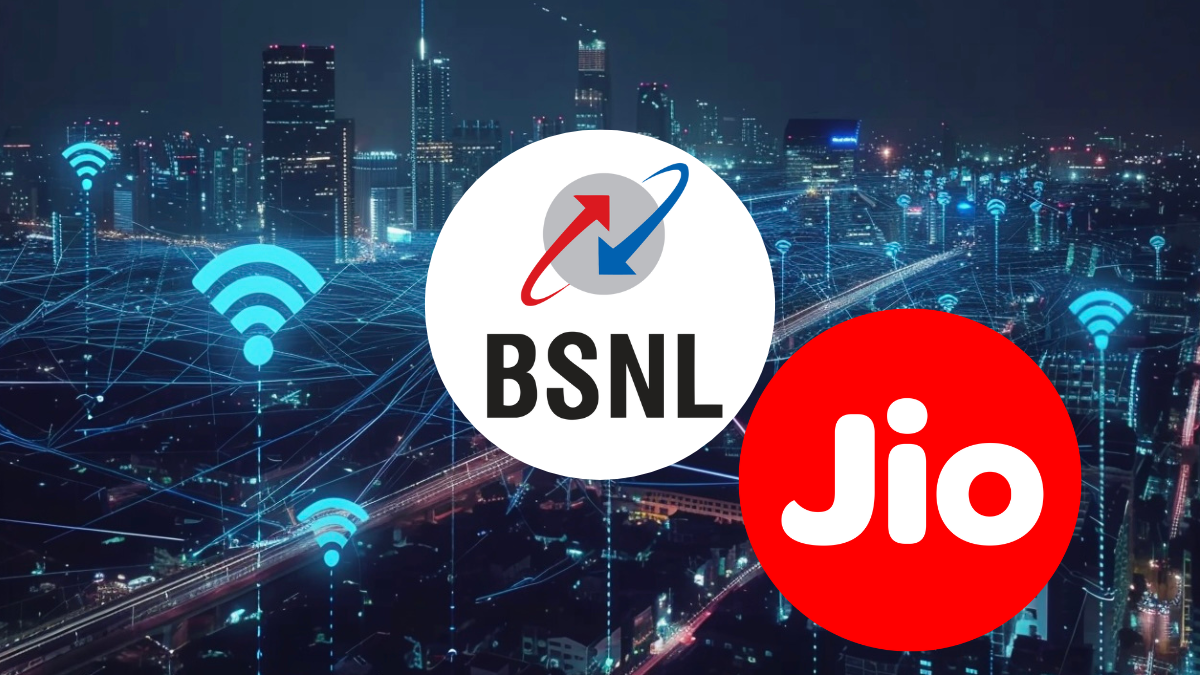
Does ChatGPT's Fascination with Studio Ghibli Represent a Ticking Time Bomb in Copyright Issues? Experts' Opinions.
Does fan art generated by artificial intelligence infringe Studio Ghibli's copyright?
Recently, the latest version of OpenAI's generative model GPT-4o has sparked intense debate among fans and legal experts. This model has demonstrated a remarkable ability to replicate visual styles, particularly the characteristic hand-drawn animation style of Studio Ghibli. With the update, which includes deeper training on a "variety of image styles," users have begun creating images that imitate the aesthetics of works such as Spirited Away, bringing to the forefront legal and ethical issues regarding the use of the works of living artists, such as Hayao Miyazaki, the founder of the studio.
Social media has been flooded with these AI-generated visual recreations that reflect the famous aesthetics of Studio Ghibli. While fan art has been common and generally accepted, GPT-4o's new ability to create images in seconds has led some to question whether this constitutes copyright infringement and whether it is ethical to imitate artists who are still active.
Historically, animation studios have tolerated these creations as long as they are not used for commercial purposes. However, advancements in technology allow anyone to emulate these styles without the effort and dedication required by the manual work of a veteran animator. This raises a dual concern: on one hand, it enables those lacking artistic skills to express their creativity, but on the other, it could devalue the originality and worth of the source material.
Moreover, the development of tools like ChatGPT raises questions about the legality of the generated images. While visual styles themselves are generally not copyright protected, there is potential for infringement of other intellectual property rights if any of the generated works are presented as creations of Studio Ghibli.
Intellectual property experts have commented that, while there is no direct protection for styles, how the generated images are used may be subject to trademark and unfair competition laws, especially if they are confused with the studio's original products. Academic observations on this issue indicate that advancements in artificial intelligence are challenging the norms and boundaries of intellectual property laws, suggesting the need for appropriate legal reforms to address these new scenarios.
As image generation tools continue to evolve, the discussion around their use and potential legal implications will intensify, and the creative community will need to navigate between freedom of expression and respect for artists' work.



